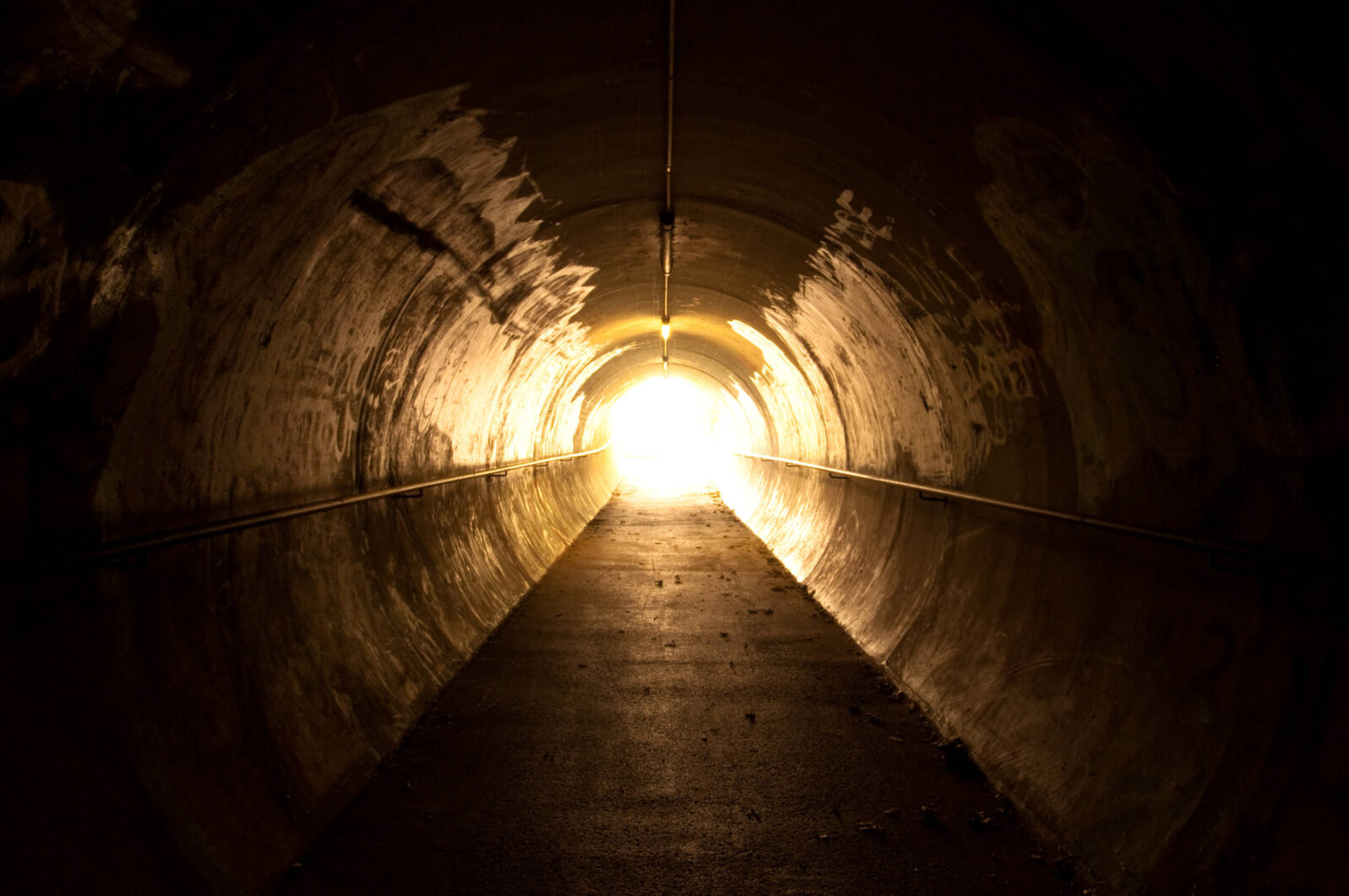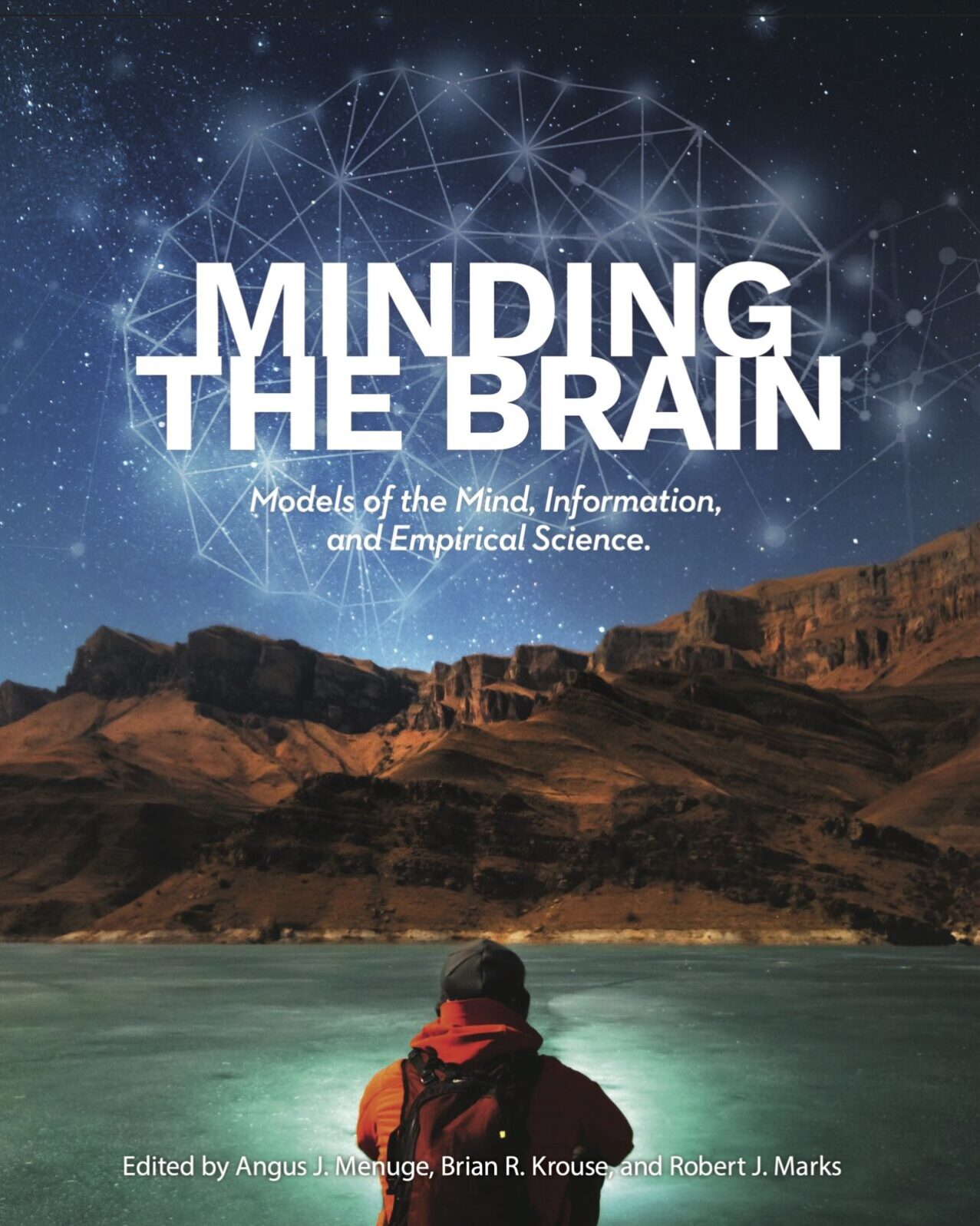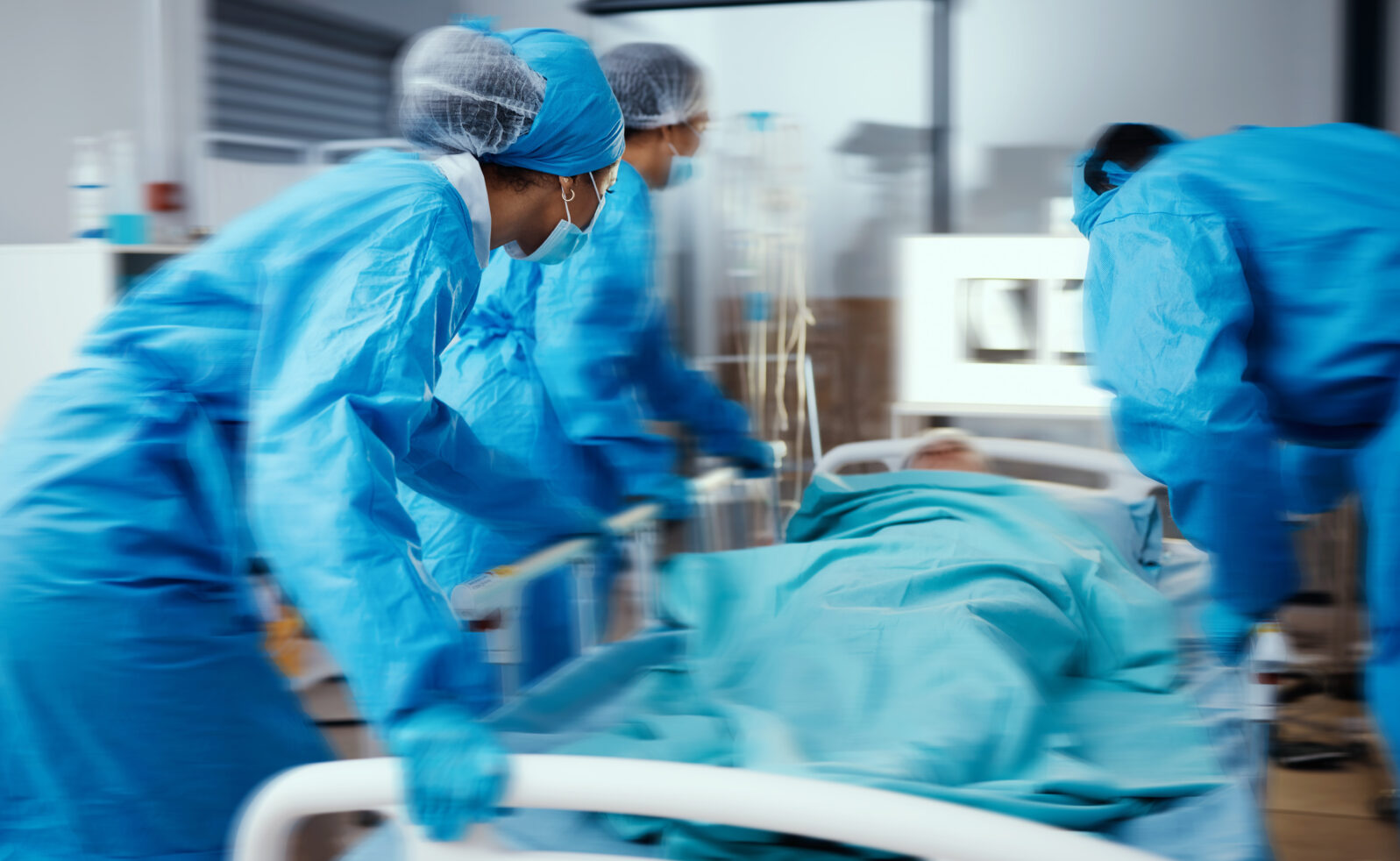Prof: There’s a Growing Number of Verified Near-Death Experiences
Gary Habermas notes more than 110 NDEs where experiencers’ detailed reports of what they saw when they were flatlined have been corroborated laterIn this excerpt from a chapter of Minding the Brain (Discovery Institute Press, 2023) Gary Habermas, a professor of Divinity at Liberty University, looks at the evidence for near-death experiences as a form of afterlife consciousness. This is the first of three excerpts, taken from Chapter 18, “Evidential Near-Death Experiences”:

Many of the essays included in this volume are occupied with rigorous metaphysical and epistemic considerations regarding the nature of persons. A different angle is considered here, namely, the cognate subject of whether there might also exist at least some initial, credible indications of afterlife consciousness. The data presented in this essay are more empirical in nature. While several different research categories could be entertained in such studies, the chief focus at present is that of near-death experiences (NDEs).
Though research in this area is sometimes considered to be less than scholarly, one recent volume on NDEs is a collection of peer-reviewed articles and editorials on the subject, originally published in Missouri Medicine: The Journal of the Missouri State Medical Association and then published in an edited volume by the University of Missouri Press. The editor begins by commenting that in the United States alone, various estimates suggest that between nine and twenty million persons have had NDEs! While such estimates indicate very little of evidential value by themselves, they have generated serious interest from scholarly communities, especially when some of these NDE accounts produce “corroborated veridical recollections.” The discussion of NDEs in this chapter offers a potential bridge to the arguments about personhood given elsewhere in this book.
Experiences that occur when neither heart nor brain are active
Evidence for human consciousness during near-death situations may constitute evidence for the thesis that human consciousness is not entirely dependent on brain or bodily states. For instance, corroborated data may indicate the presence of human consciousness during times where neither the heart nor brain registered any observable measurements. Further, such experiences apparently took place during NDEs that involved substantiated observations that almost certainly could not have been made from the person’s bodily location, even if they had been fully conscious, healthy, and observing their surroundings at that time. The bulk of this essay seeks to present these situations and the potential evidence that may proceed from them, and then to address some major objections of both natural and non-natural sorts.
…
Throughout this discussion thus far, specific cases have been mentioned where it was stated specifically or implied strongly that cardiac arrest with ventricular fibrillation can indicate exceptionally important evidential situations.
This is due to the medically well-established and recognized research which specifies that such heart stoppage initiates the immediate and measurable elimination of upper brain activity just seconds later during the persistence of this state. The cessation of lower brain activity occurs just very slightly afterwards. Therefore, verified NDE data that occur within this time frame are exceptionally crucial in indicating the potential presence of consciousness beyond the quantifiable existence of the central nervous system.
Literally dozens of cases have been recorded where corroborations inside a room have been documented during just such a state. A startling number of these detailed and later verified observations of reported incidents exist, of which most apparently occurred precisely within the moments when measurable heart and brain activity were measurably absent.
This is a major argument for continued consciousness during these moments. Other options have been argued and will be treated below, but the sheer unlikelihood of mistakenness or deceit of one sort or another in every one of the dozens of different situations makes appeal to mistake or deceit seem incredible, particularly when the described occurrence happened precisely during those minutes rather than before or after.
These examples appear to address clearly the specific evidential requirements of Potts and Augustine regarding events within the room where the NDEr was located, with details being reported during surgery or otherwise, where the best explanation is that the patient truly recalled events that were observed during that time, with each incident being confirmed by one or more persons who were actually present during that time. Due to the vantage point being claimed, the repeated testimony of patients that they were positioned above their bodies counts for something, too. The “arm-flapping” episode illustrates the many statements where the patient reported the insightful information very quickly after regaining consciousness, which contributes to the overall veridicality of this conclusion. Altogether, just from the narrated accounts or sources mentioned above, the total stands at well over 150 evidenced NDE cases in the immediate vicinity of the patient.
Examples of things seen during an NDE, later verified
Another case involving a shoe found on a hospital roof was reported from all the way across the country (in Hartford, Connecticut) by Kenneth Ring and Madelaine Lawrence. The resuscitated patient claimed to have had an NDE in which she floated above her body and then watched the resuscitation attempt going on beneath her. Then she experienced being “pulled” through several floors of the hospital until she emerged near the building’s roof, where she viewed the Hartford skyline. Looking down, she then observed a red shoe.
When nurse Kathy Milne heard the story, she reported it to a resident physician, who mocked the account as a ridiculous tale. However, in order to ascertain the accuracy of the report, he enlisted a janitor’s assistance, and was led onto the roof, where he found the red shoe! This occurred in 1985, and Milne was unfamiliar with the other tennis shoe account, which was published just shortly before.

In the case of Kristle Merzlock mentioned earlier, the young girl who nearly drowned and was resuscitated by Morse: she reported more than the specifics of the resuscitation attempt and the sequential details from the emergency room. Upon regaining consciousness three days later, her intensive care nurses initially heard her recollection of having visited heaven, guided by an angel. Though there was no way to verify the angel, Kristle also testified that, although she was unconscious and hooked up in the hospital, she was “allowed” to observe her parents and siblings some distance away, at home for the evening. She provided exact details regarding where each person was located in the house, identifying the specific things they were doing, as well as the type of clothes that they were wearing. For instance, she identified that her mother was cooking roast chicken and rice for dinner. All of these particulars were subsequently confirmed very soon afterwards.
…
In addition to the above cases, there is a large number of reported and documented distance NDEs said to have occurred in the absence of any measurable heart or brain activity. A number of the cardiac arrest cases include some of the strongest evidential scenarios. Once again, as in the previous category of corroborated observation inside the room, it is exceedingly unlikely that every last one of another dozen cases exhibiting neither apparent heart nor brain activity can be meaningfully accounted for by data learned through other means, misperception or deception, coincidences, or mistakes, especially when the events described occurred precisely within the time interval of the medical crisis rather than subsequently.
Just these accounts alone add up to more than 110 evidenced NDEs reported a distance away from the experiencer! This testimony must be viewed as among the most convincing evidence of all. The attempts to explain away this wide variety of observed scenarios, especially the compound cases here, may well reveal the pervasive influence of certain critics’ world views and an unwillingness to explain the data at hand.
Next:
Near-death: What people learn when they are (briefly) dead. In this excerpt, Prof Gary Habermas reports that sometimes the returned experiencer says that someone else has died — but the official news only comes later. For reasons that are not yet clear, blind people can see during a near-death experience and details have been confirmed. Habermas relates some cases.
